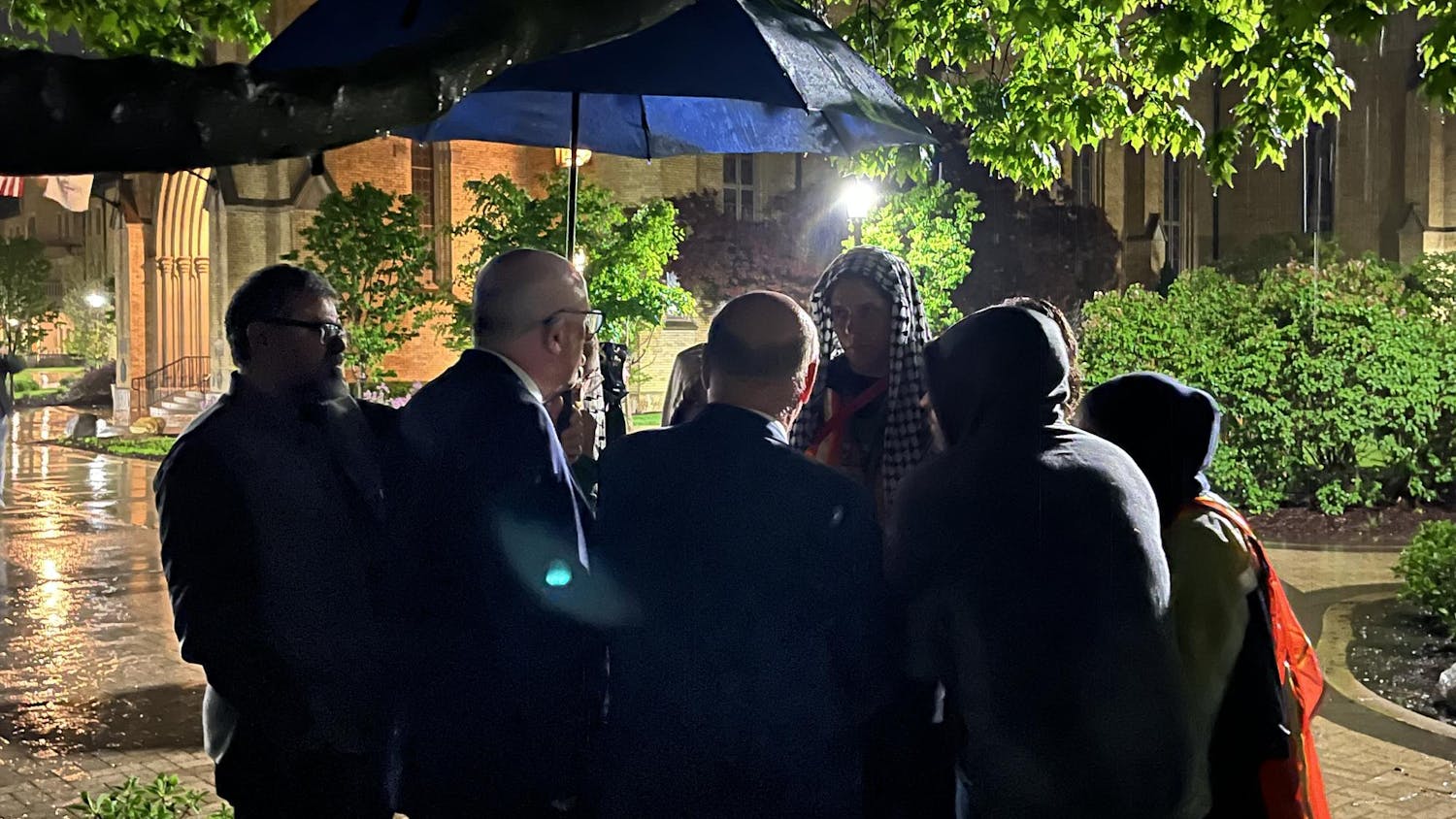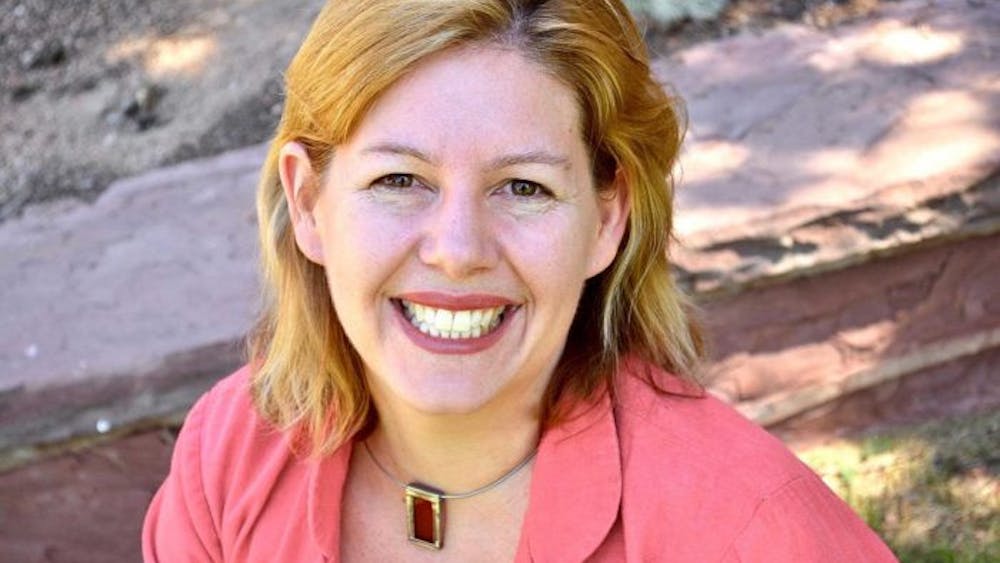Watching the Olympics, I am amazed at the basic feats of courage that are being performed daily, as athlete after athlete goes off 22-foot ramps or is thrown 10 feet into the air with blades attached to his or her feet.
As I watch them, I think about the mental discipline it takes to overcome the fear they most likely experienced when first beginning.
Particularly because of the presence of snow, I am reminded of a time when I wanted to go down a zip line that my dad made in the woods behind my grandfather’s house. It was a basic concept that involved a cord running from our tree house that was 30 feet tall to a tree that was 20 feet away.
Afterwards, we had to jump off the seat, which finished eight feet in the air. I went down it hundreds of times in the summer, but with the winter a sheet of ice had formed on the seat –– which was four two-by-fours connected by a rope –– and I was scared.
My father tricked me into trying it by suggesting I use the seat — an idea my eight-year-old self agreed with — and then proceeding to gently nudge me off the side of the platform.
I loved it. It was my favorite time going down the zip line, not because it went faster or higher, but because I was afraid and still had fun.
Everyone has had a similar experience. Something is terrifying and then once it is completed enough times it no longer insights fear, no matter if it is going down an escalator, riding your bike home or talking to the man at the grill in the dining hall to ask for grilled chicken.
All this thought about fear has also caused me to remember something that free-solo rock climber Alex Honnold mentions in his book “Alone on the Wall.” That there are two types of fear — one is high risk and the other is high consequence.
Driving a car on the interstate is high consequence. It is unlikely that you get into a terrible car wreck, but if you do it would be tragic. But you still decide to get into the car because you gamble that it will not happen. The high risk form of fear is the likeliness that an event happens is high, but if it happens nothing awful occurs — practicing a new breakdancing move, for instance.
We face fear every day. It is a fluid part of our lives. When it comes to the big things such as bungee jumping, mountain climbing or taking that dreaded final exam, analyzing why we are afraid — usually thanks to our trusty amygdala — and facing those fears through perseverance and logic makes them seem more possible. This does not mean that the athletic feats are any less impressive just less scary.













